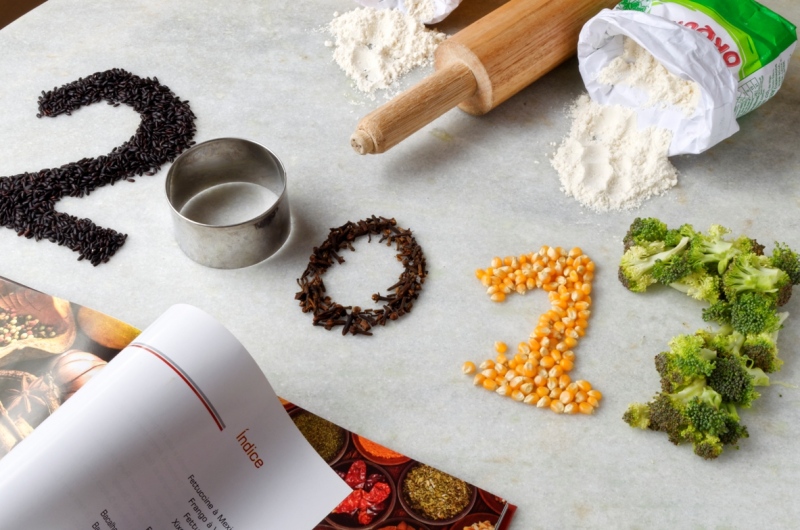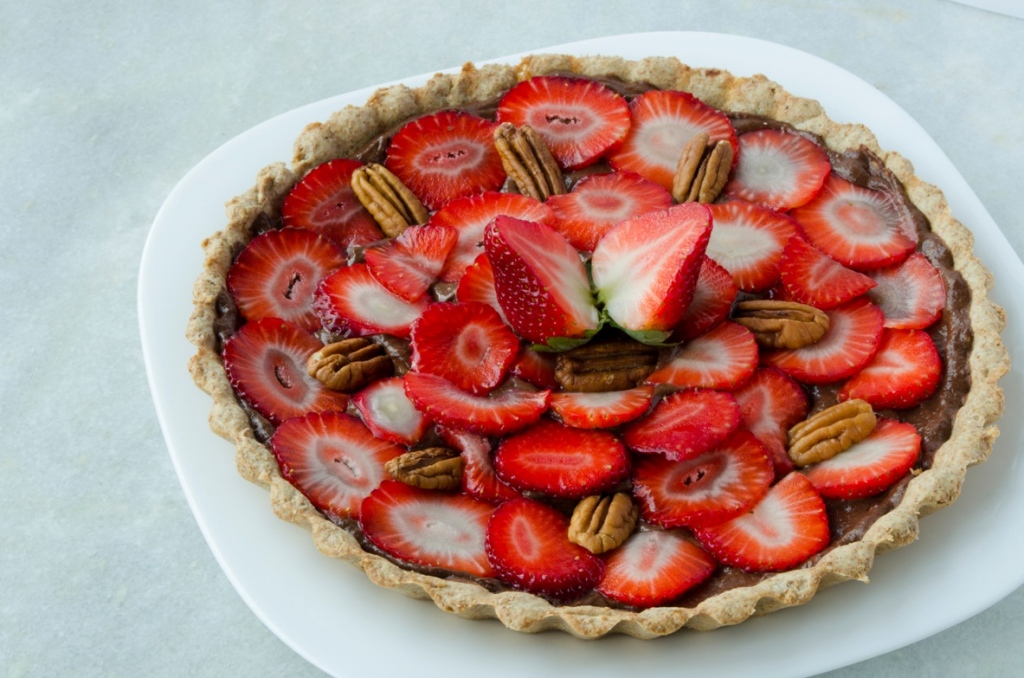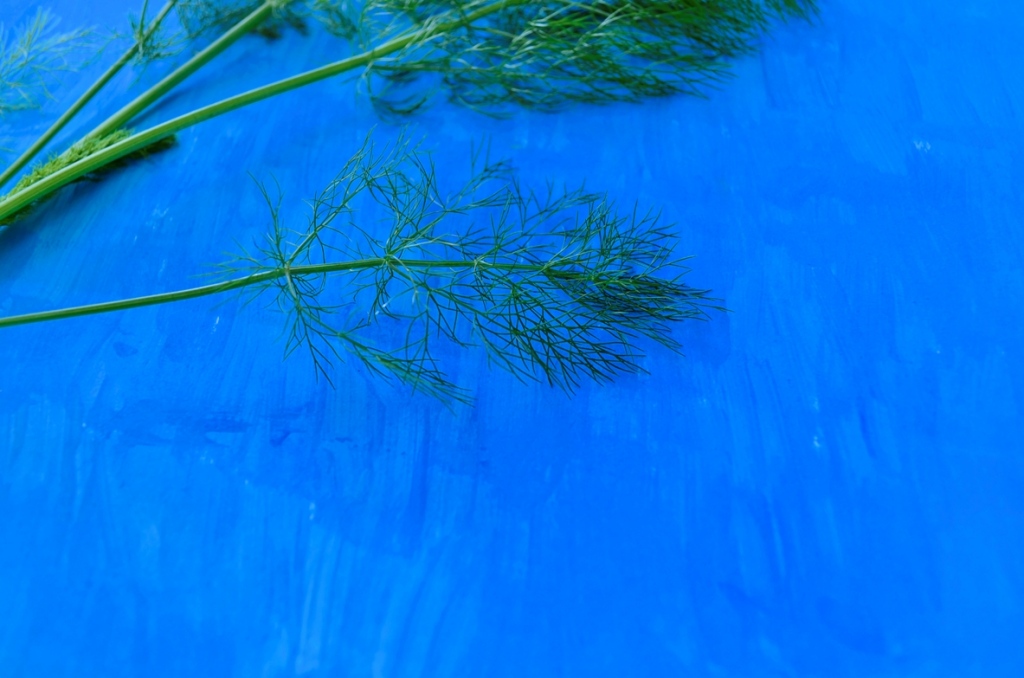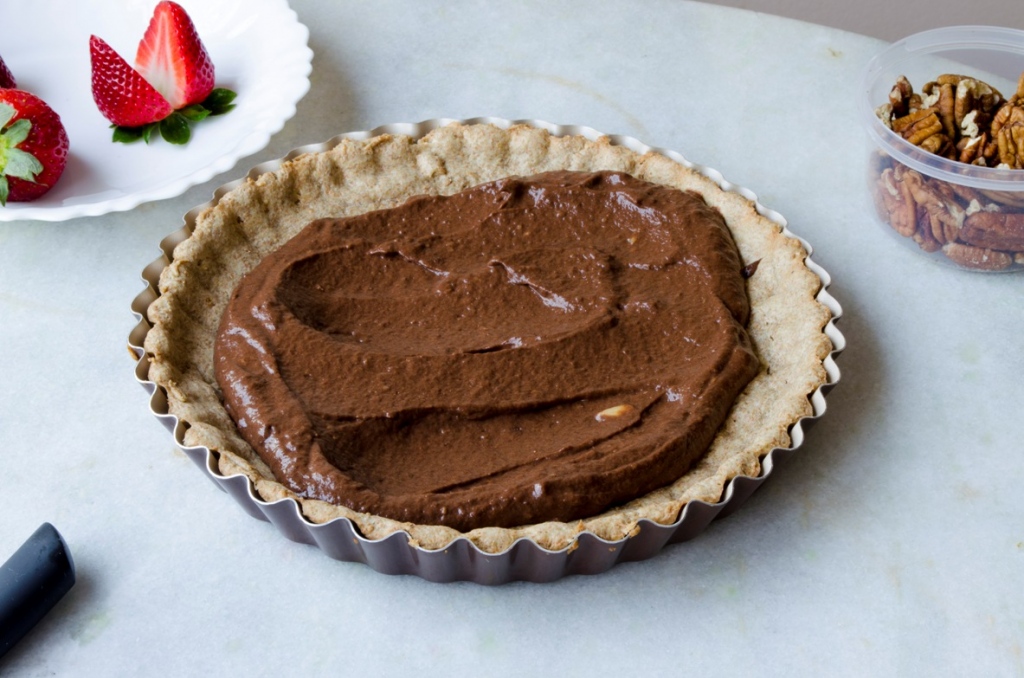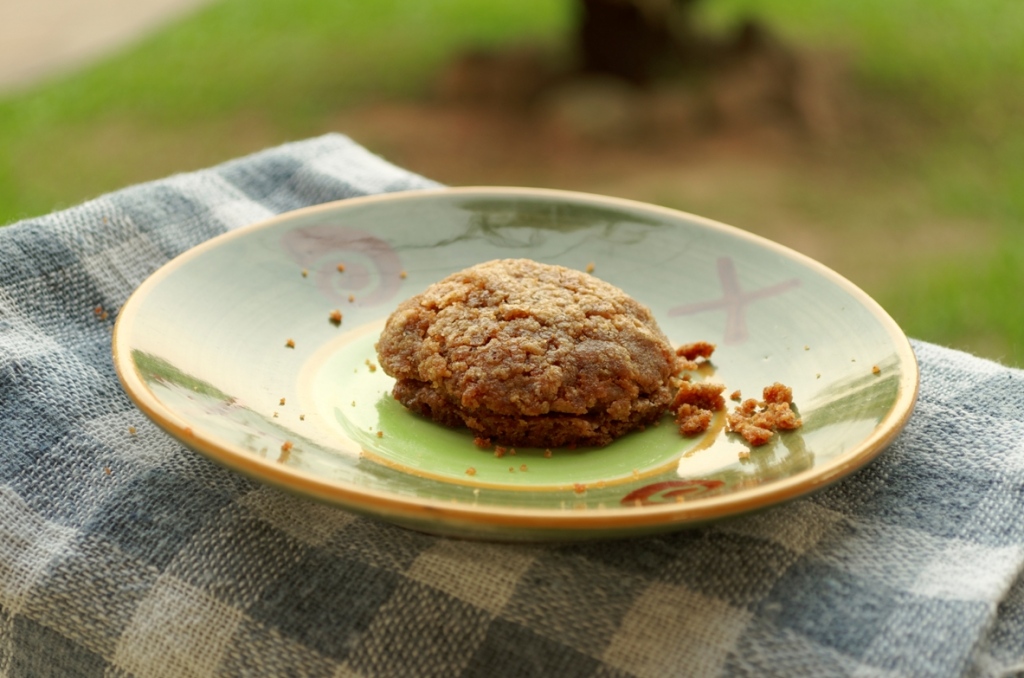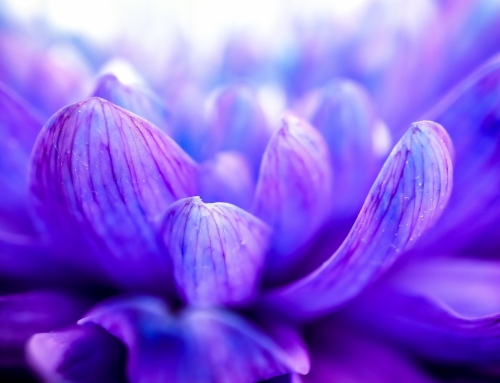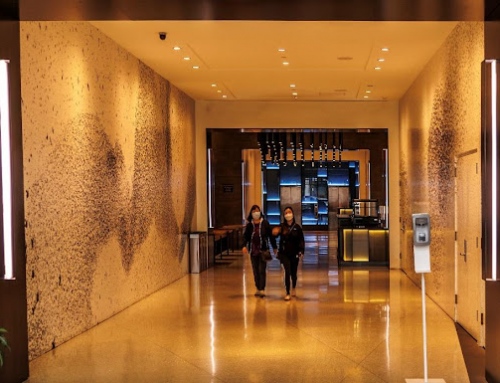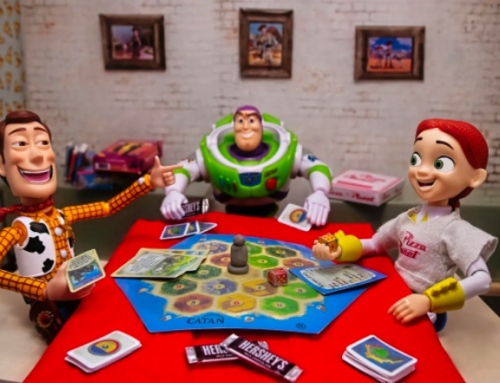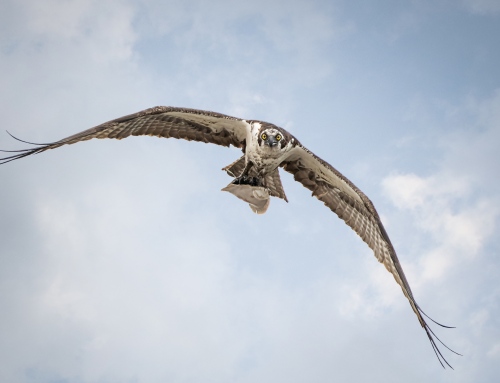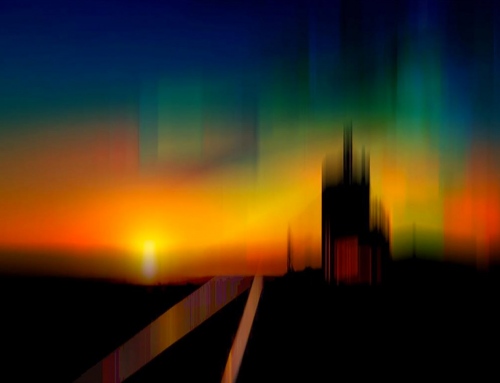Food photography is a field in growth and always in need of qualified professionals. There are many stock sources offering pictures for people to use in recipes and food blogs around the internet, they look awesome, that’s true. So, the internet is constantly hungry for more quality images. This way, having the skills to create delicious images by your own allows a bigger freedom to personalize your work and sell it.
Shooting food can seem simple, but it needs more than just a good camera and suitable lenses. You need to have a perfect and fresh looking dish. Some professional food photographers would shoot a prepared meal, working together with a food stylist or Chef that is responsible for assembling, cleaning and creating the plate or subject.
The most important thing when talking about this kind of picture is the composition. The viewer can’t smell the food or try it when looking at the final image (even though the photographer could), so it’s needed to put a really good story and context on the table. How to do that? Some useful tips:
In food photography, the rule of thirds is a big trick
You can use the established and valuable rule also in the composition with eatable subjects. Divide the image into three parts, using straight lines (vertically and horizontally). Your subject should cover one of the lines or to be exactly at a meeting point. Some cameras have the option of showing these lines, especially on live view. This feature helps a lot!
Empty space is full of meaning
As strange as it can sound, leaving a lot of empty space is very useful here. The observer will focus on the most important part of the image, as effect of the contrast created by the unoccupied area. Neutral colors work well, but textures, like fabrics and wood are also good options.
Tell a true story
Context and atmosphere are essential in food photography. When creating a composition, start thinking about the message or messages that you want to leave. Backgrounds, the kind of dishware, the way it reflects the light and interact with the space. If you are shooting pasta, for example, perhaps it’s interesting to have flour and a rolling pin on the table. Be creative and try a lot of different options, it’s the moment for artistic food photography!
Use symmetry and patterns
Use symmetry, create patterns and movements that will hold attention. It can be imaginary lines, repeated variations, change of colors, increase or decrease of size. The viewer should look at the image and recognize that the photographer wanted him to see that.
So, food photography is quite interesting and full of details. Creating an interesting and appealing composition for your food pictures can sound like a challenge at a first glance, but some tricks can change an amateur image into a delightful masterpiece. Experimentation is the key, grab a few elements, set your background, the context and don’t forget to have a good food photography lighting (natural light is awesome). I’m sure you will be hungry after the photo shoot!
